I first visited Le Calandre when it had two Michelin stars and was an up and coming restaurant that was making culinary waves. Erminio Alajmo and Rita Chimetto (the chef) had opened it in 1981 and gained a Michelin star for the family restaurant in 1992. Rita’s son Massimiliano Alajmo, who had trained with Michel Guerard and Marc Veyrat, took over as head chef in 1994. His brother Raffaele handled the wine and service operation. A second Michelin star followed in the 1997 guide. When it was awarded its third star in November 2002 (for the 2003 guide), Massimiliano became the youngest ever chef, at the age of 28, to be awarded three stars. As an aside, prior to that the youngest had been Heinz Winkler at 32 and not, as is often misreported in the UK press, Marco Pierre White, who was 33 when he gained his third star.
If you plan a dinner at Le Calandre then finding a good hotel is a little tricky. The town of Rubano, with a population of just over 15,000, is not a tourist destination by any stretch of the imagination, with a bowling alley the highest rated attraction in the town when I looked on the internet. However there are some reasonable hotel options in the much more attractive city of Padova (aka Padua), which is 12km (8 miles) away. The nearest international airport is Venice, Rubano being a 55 km (34 miles) drive west from the airport. Verona is an alternative airport 80km (50 miles) west of Rubano. Once you finally make it here, past the mostly industrial buildings of Rubano, you are in for a treat.
The Alajmo kitchen is equally happy cooking both classical and modern cuisine, as reflected in menus that allow diners to choose either path. The dining room at Le Calandre is small, with less than ten tables. There was music playing but it was at a very low volume with selections such as songs by Tracy Chapman and Nora Jones. The room is quite dark, but had spot light illumination on each table. There were three menus available: one of classic dishes of the restaurant, and two alternatives, all priced at €225 (£201). You could also order a la carte with three dishes at €135 (£121), four dishes at €160 (£143) and five dishes at €200 (£179). We opted for the classic menu tonight.
The wine list arrived on an iPad and was extensive. Sample labels were Reinhold Haart “Haart to Haart” Riesling Trocken 2016 at €50 for a bottle that you can find in the high street for €13, Domaine Leflaive Macon-Verze 2014 at €88 compared to its retail price of €46, and the excellent Jermann Capo Martino 2015 at €128 for a bottle that will set you back €52 in a shop. For those with the means, Domaine Leflaive Puligny Montrachet Les Purcelles 2012 was €412 compared to its retail price of €281, and Antinori Solaia 2004 was €418 for a wine whose current market value is €268. The seriously wealthy can find some relativebargains in the upper reaches of the list e.g. Romanee-Conti Richebourg 2011 was €1,620, which is a great deal of money, but well below that wine’s current market value of €2,360.
The meal began with a few canapés. A Parmesan crisp was delicate and had great depth of cheese flavour. Aubergine with mozzarella worked very well, next to a “tart” with a base of Sicilian bread, topped with onion sorbet, coffee powder and capers. Finally there was courgette flower with mozzarella, ricotta, anchovy and truffle, this being a particularly fine combination (19/20 nibbles). A selection of crisp breads were served, as well as excellent sourdough.
The first course was a tomato tartare, a nod to the famous Milan restaurant Il Luogo di Aimo e Nadia. The tomatoes came with fava beans and pistachio cream. The tomatoes, from the Naples area, had superb flavour. This was a very simple dish, but it tasted lovely (18/20). Next was cappuccino of cuttlefish with potato cream, a rich, comforting dish of creamy potato interleaved with pieces of cuttlefish in their ink. This was perhaps more a dish at home in winter than summer, but the texture was smooth and the cuttlefish had good flavour (18/20). Cannelloni filled with cheese and herbs came with a stunningly intense tomato sauce. If you are used to the flavour of tomatoes in the U.K. then it is difficult to describe just how fabulous Italian tomatoes of this calibre actually taste (19/20). My next dish was fried pizza bread with mozzarella and tomatoes sprinkled with fresh oregano at the table from an oregano plant. This was another very simple dish, but the flavour was remarkable, the cheese fabulous and the tomatoes beautifully enhanced with the oregano - simply stunning. (20/20).
Tagliolini with pistachio cream, capers and langoustine had superb texture, the capers adding just the right level of bite to balance the shellfish (19/20). Black olive tagliatelle with peach, apricot and mango and yet more of the glorious tomatoes was an unusual and effective combination, the acidity of the summer fruits a lovely foil for the perfectly cooked pasta and the olives (19/20).
The signature dish of the restaurant is saffron risotto with Parmesan and liquorice. Here we were presented with it in two ways. First was a version with a dollop of liquorice ice cream in the centre. The other was the classic version with liquorice powder. In both cases the carnaroli rice is cooked with chicken stock and is remarkable in its concentrated flavour, the Parmesan adding depth and the texture flawless. A cup of meat broth was provided on the side to complement the rice. I slightly preferred the classic version but both were glorious, and this is surely the benchmark for all risotto (20/20).
Courgette salad with fennel, chamomile powder, cabbage and ricotta ice cream was impressive, the fennel crisp and having gorgeous flavour, the vegetables of very high standard (18/20). Next I had raw Fassone beef alongside fried bread with oil and mayonnaise, and a further cup of risotto, this time with Parmesan, capers and coffee powder. Fassone beef from Piedmont is a very interesting meat, the cattle having a genetic quirk that causes extra muscle growth. The animals are low in fat and have much lower cholesterol than other cattle. The flavour of the beef here was gorgeous, lean and quite mild, almost sweet yet still meaty, the accompaniments working really well with it (19/20).
Red mullet was deep fried and served with mozzarella, raw langoustine and red mullet sauce. The dish was superb, the coating as light as you could wish; perhaps a green vegetable might have provided some lightness as balance, but this was a lovely dish (19/20). Suckling pig with beetroot and olive sorbet had glorious crackling and deeply flavoured meat. The earthiness of the beetroot was an excellent contrast, the bite of the olives combining very effectively with it (19/20).
For dessert, an initial dessert used an old Marc Veyrat trick. A seemingly empty Rosenthal dinner plate is served, but if you flip it over then a creme brûlée is nestling in the bottom rim of the plate. Here it was covered with a layer of gold leaf. Ironically I had eaten exactly the same thing at Marc Veyrat’s current restaurant, Maison des Bois, just a couple of weeks earlier, though his version does not use the gold leaf garnish. If you ignore the theatrics then you are eating a lovely creme brûlée, and there is not much to dislike about that (19/20). Finally, a next of filo pastry contained and vanilla ice cream. The pastry was thin and delicate and the apricots had gorgeous flavour, complemented by the aroma of the vanilla (19/20). Coffee was from Gianni Frasi from Verona, a famed coffee maker whose father started the business in 1947. This coffee was from Jamaican beans and was mild with a hint of chocolate, a fabulous cup of coffee. A few petit fours arrived on a little artificial tree, with cherry, melon and even a mild curry flavoured petit four.
Service was charming, though wine topping up was not quite perfect. The bill came to €365 (£326) per person with tip, albeit with plenty of good wine. If you just ordered three courses and shared a modest bottle of wine then a typical cost per person might come to around £170. This is not excessive for a three star Michelin restaurant, especially if you compare it with its peers in somewhere like Paris. Le Calandre is a terrific restaurant that has impeccable technique and is happy to showcase lovely Italian ingredients in a surprisingly simple way. The dishes here do not rely on tweezered wood sorrel and carefully placed edible flowers to distract you and to look pretty on Instagram. When you have access to ingredients such as tomatoes like the ones here, you don't have to mess around much to produce a gorgeous meal. If you want to really appreciate just how lovely Italian food can be then dishes like the risotto at Le Calandre is an excellent place to start.
Further reviews: 14th Dec 2013 | 04th May 2012



































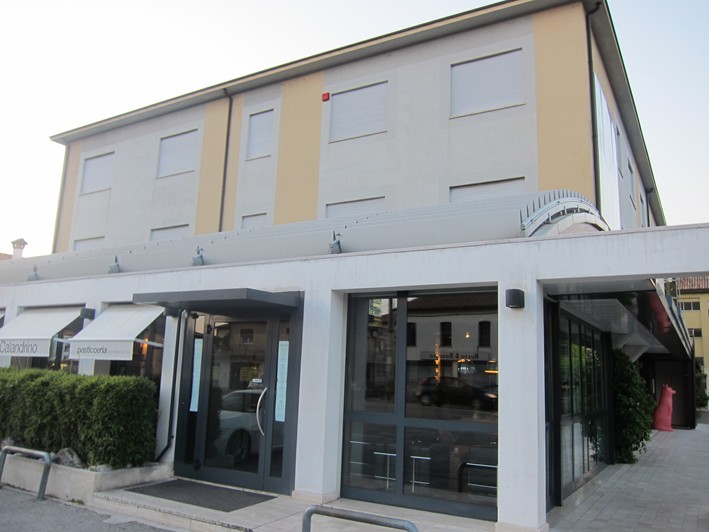

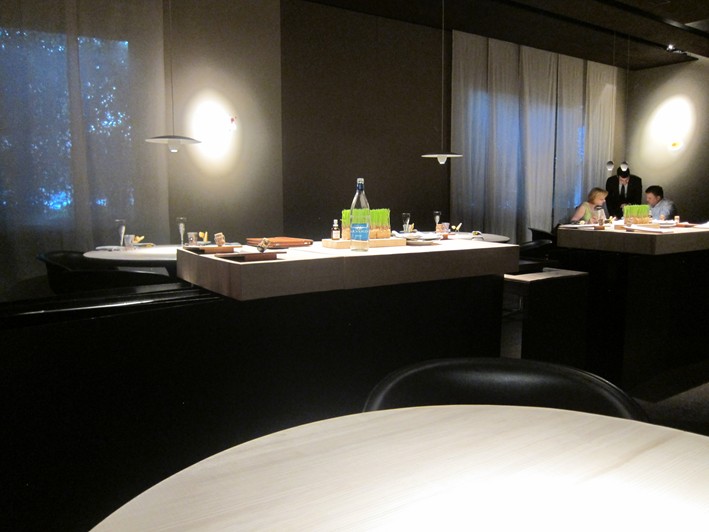
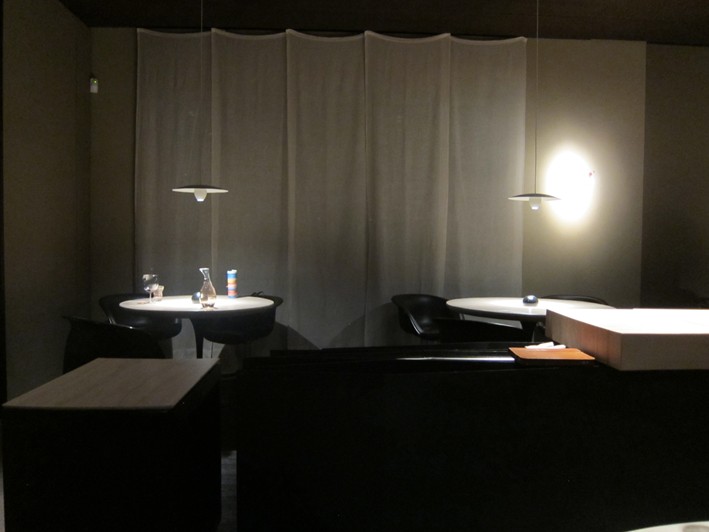
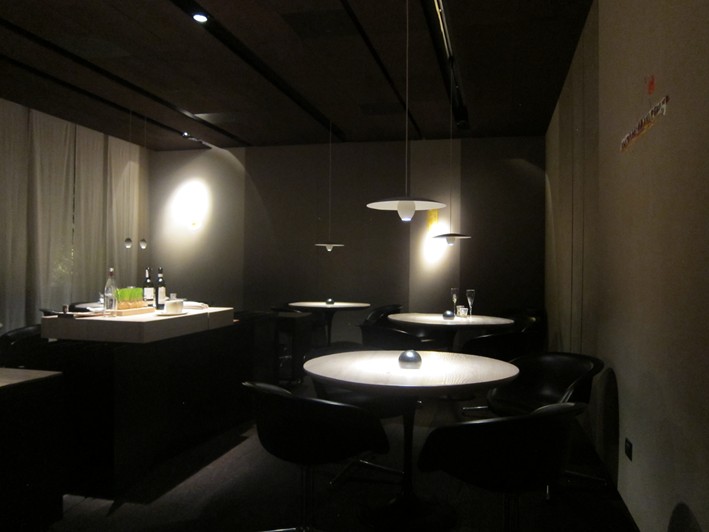
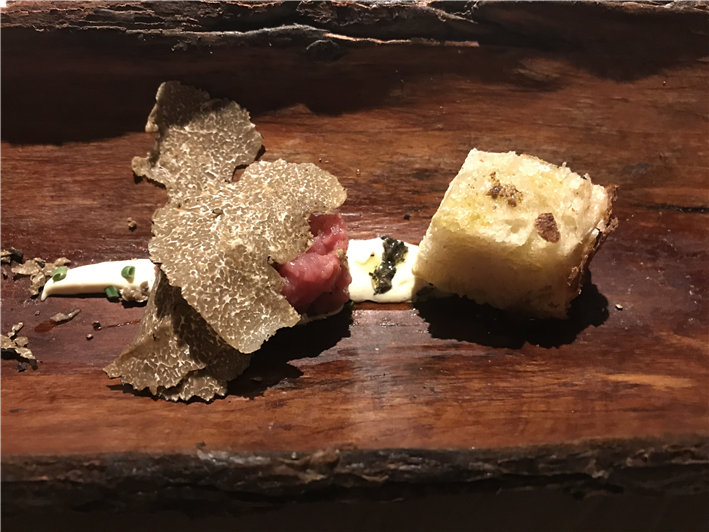

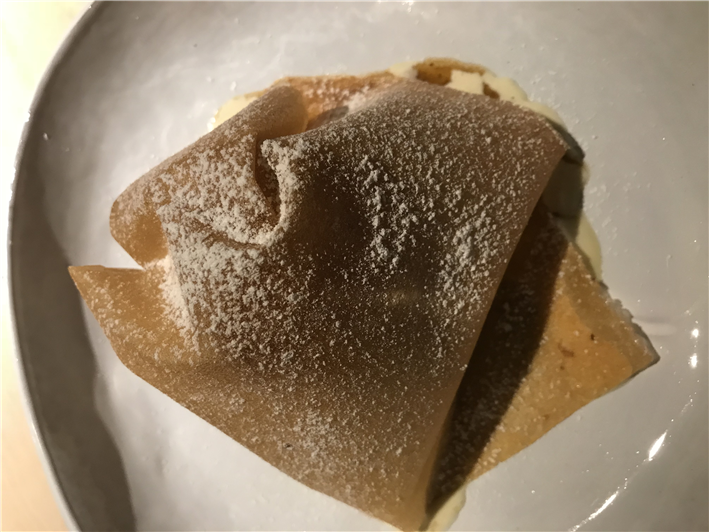
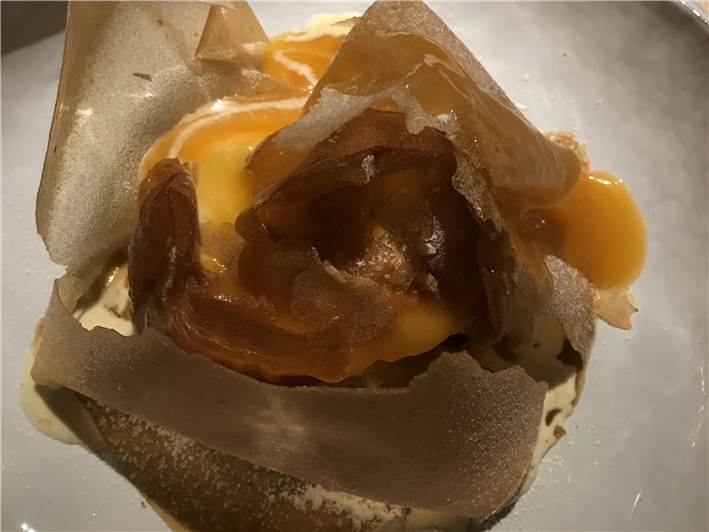
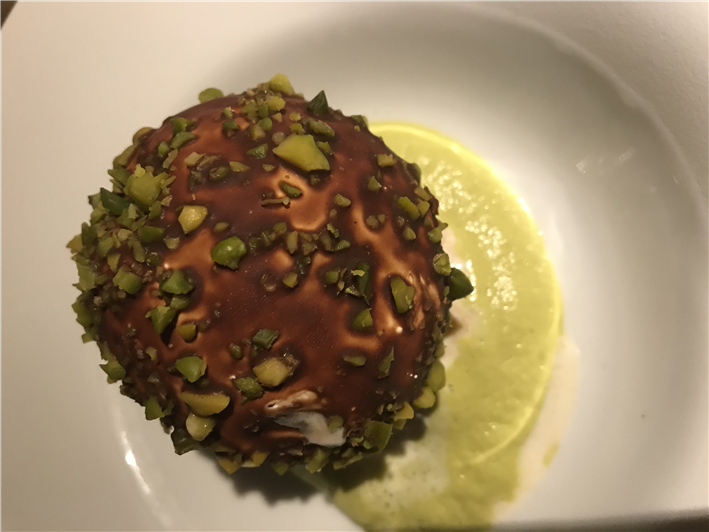
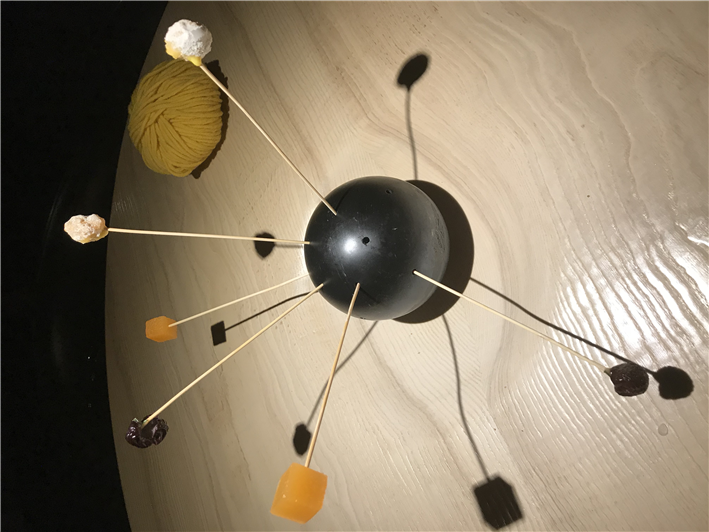

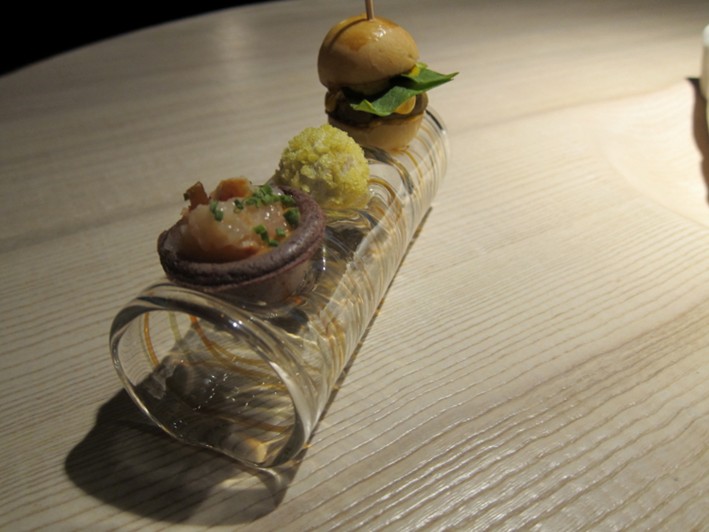
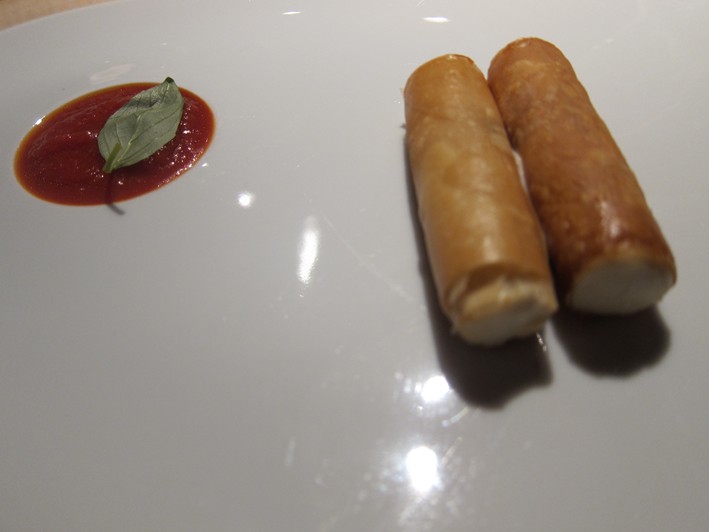
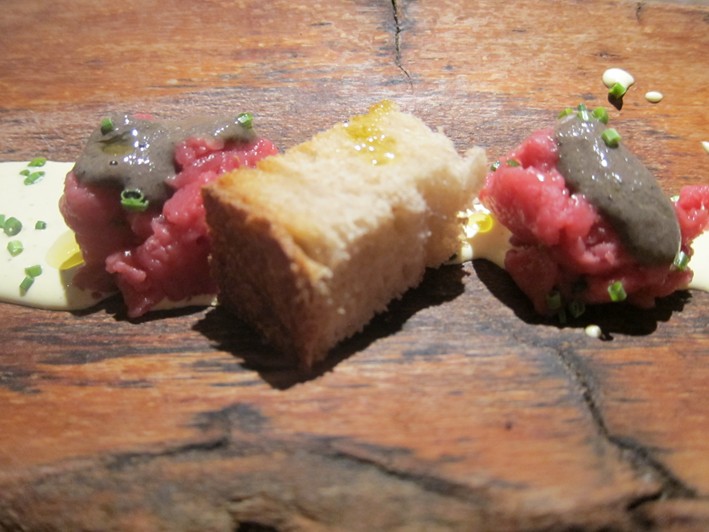

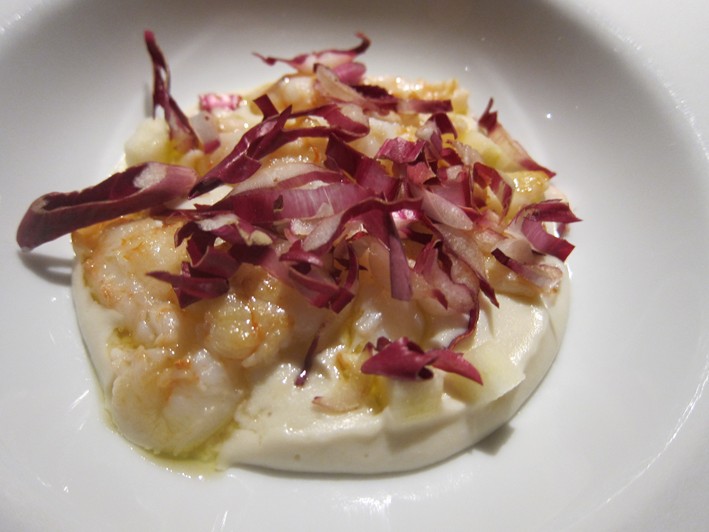
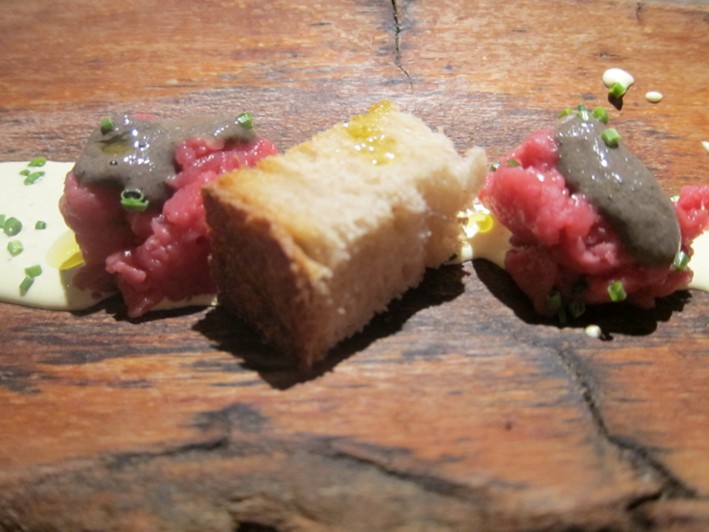
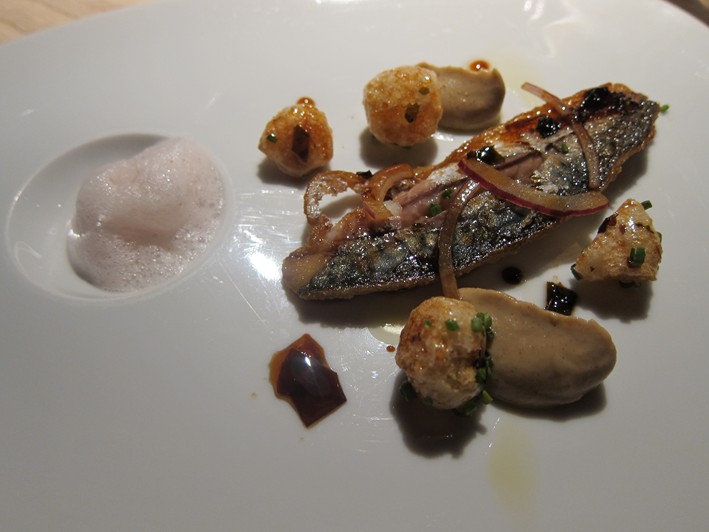
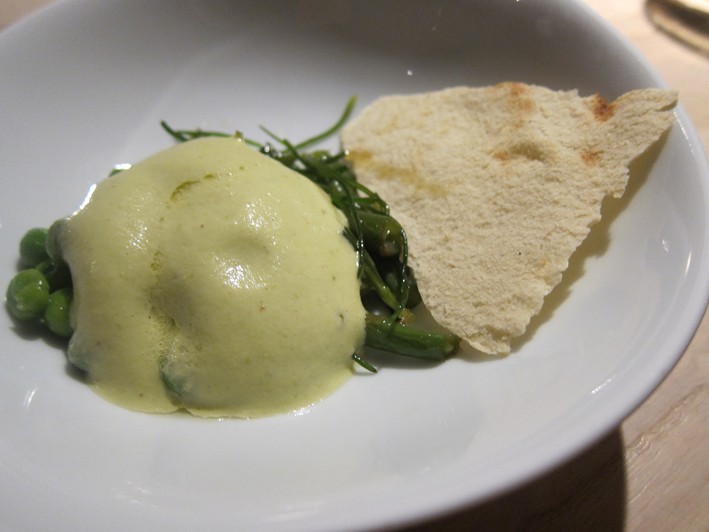
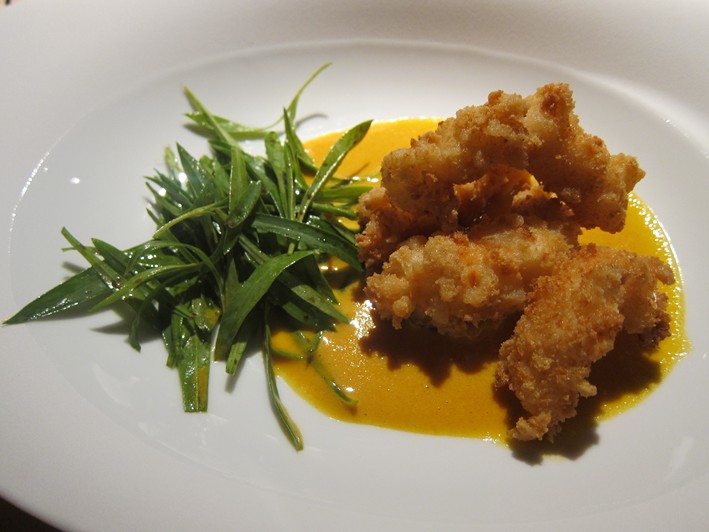
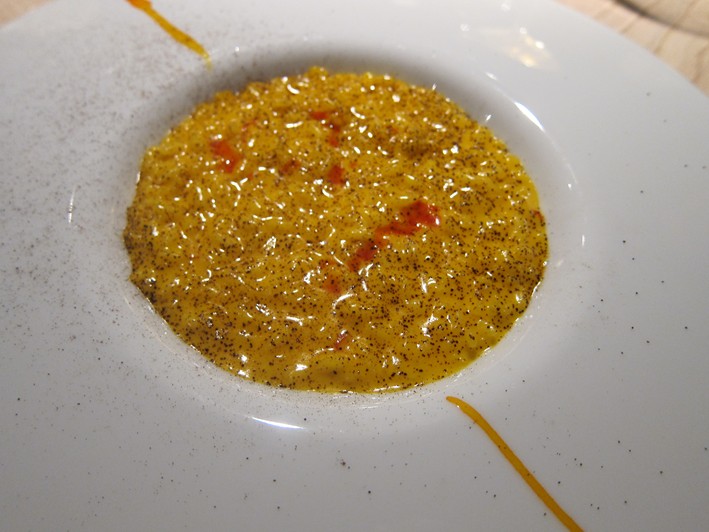

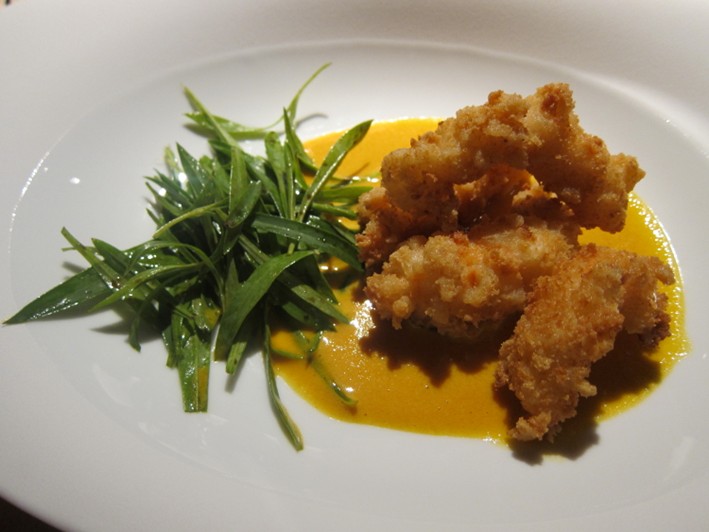
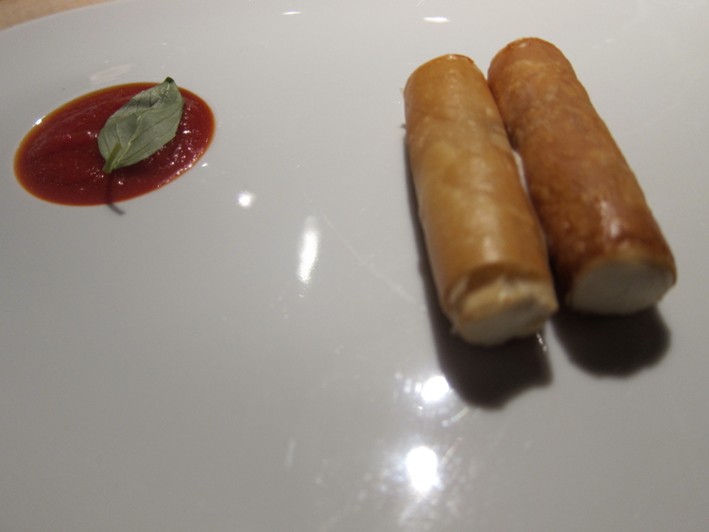
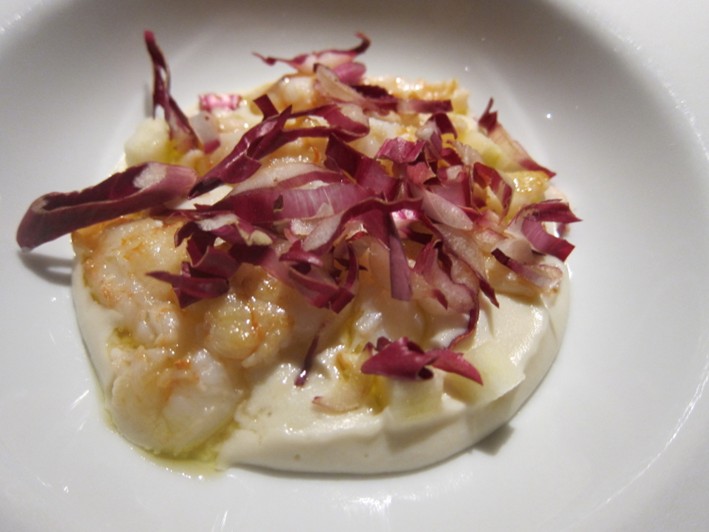
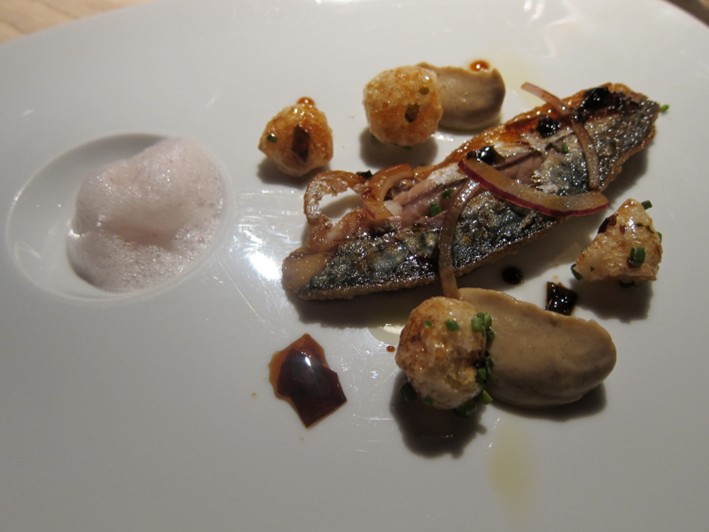
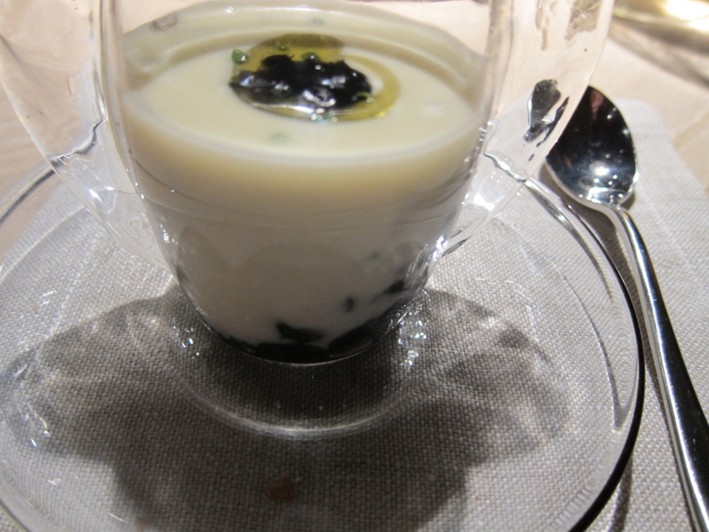
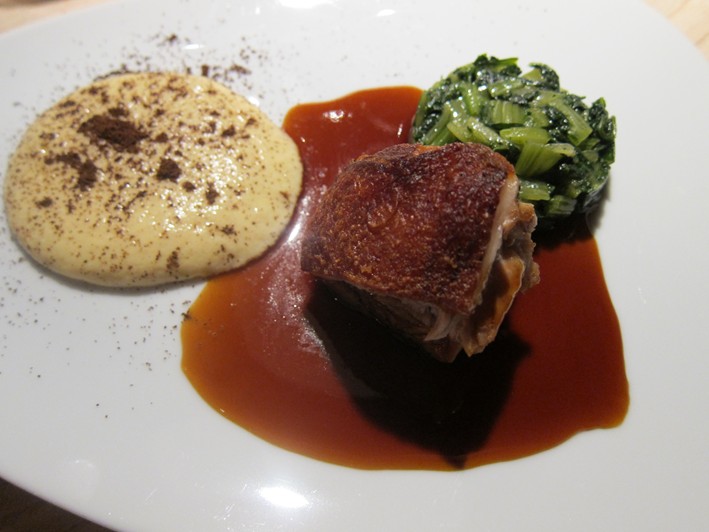
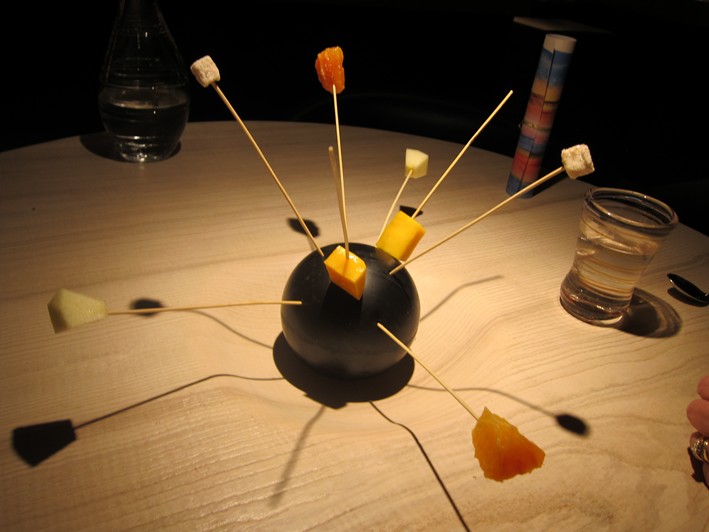
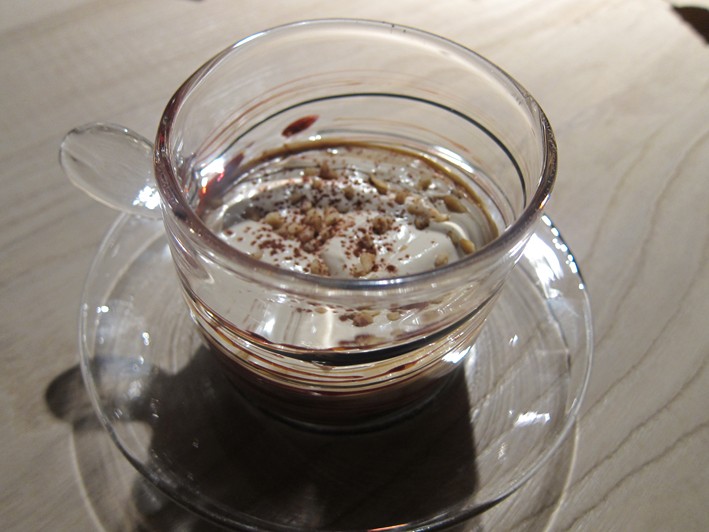
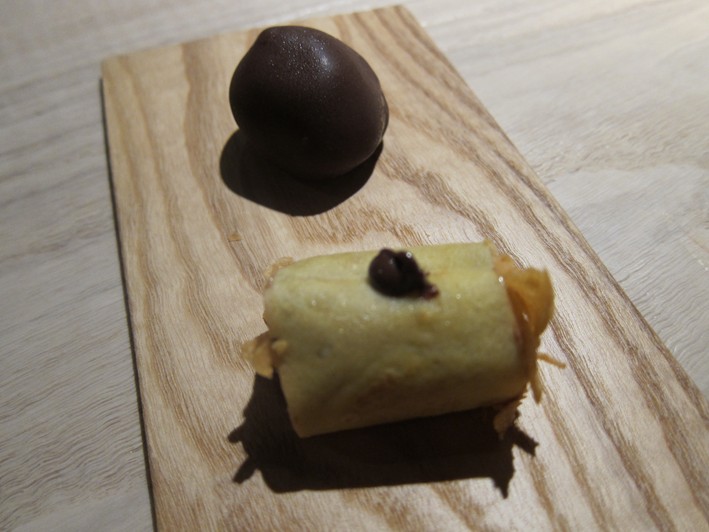
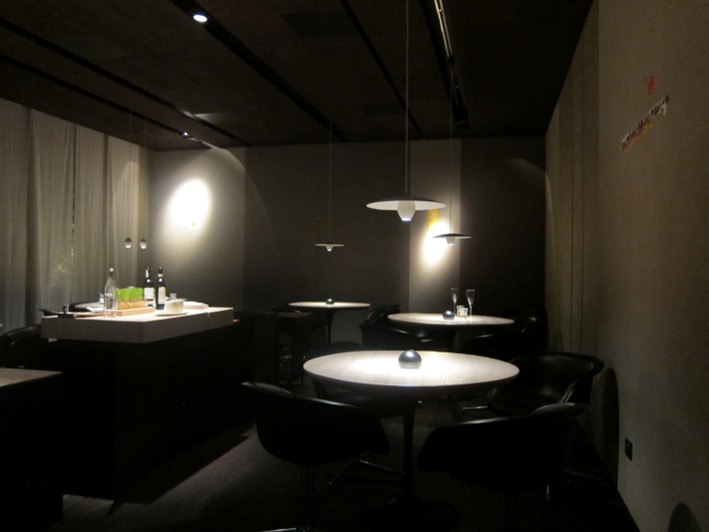



Add a comment
Thank you for submitting your comment, this will be checked and added to the website very soon.
User comments